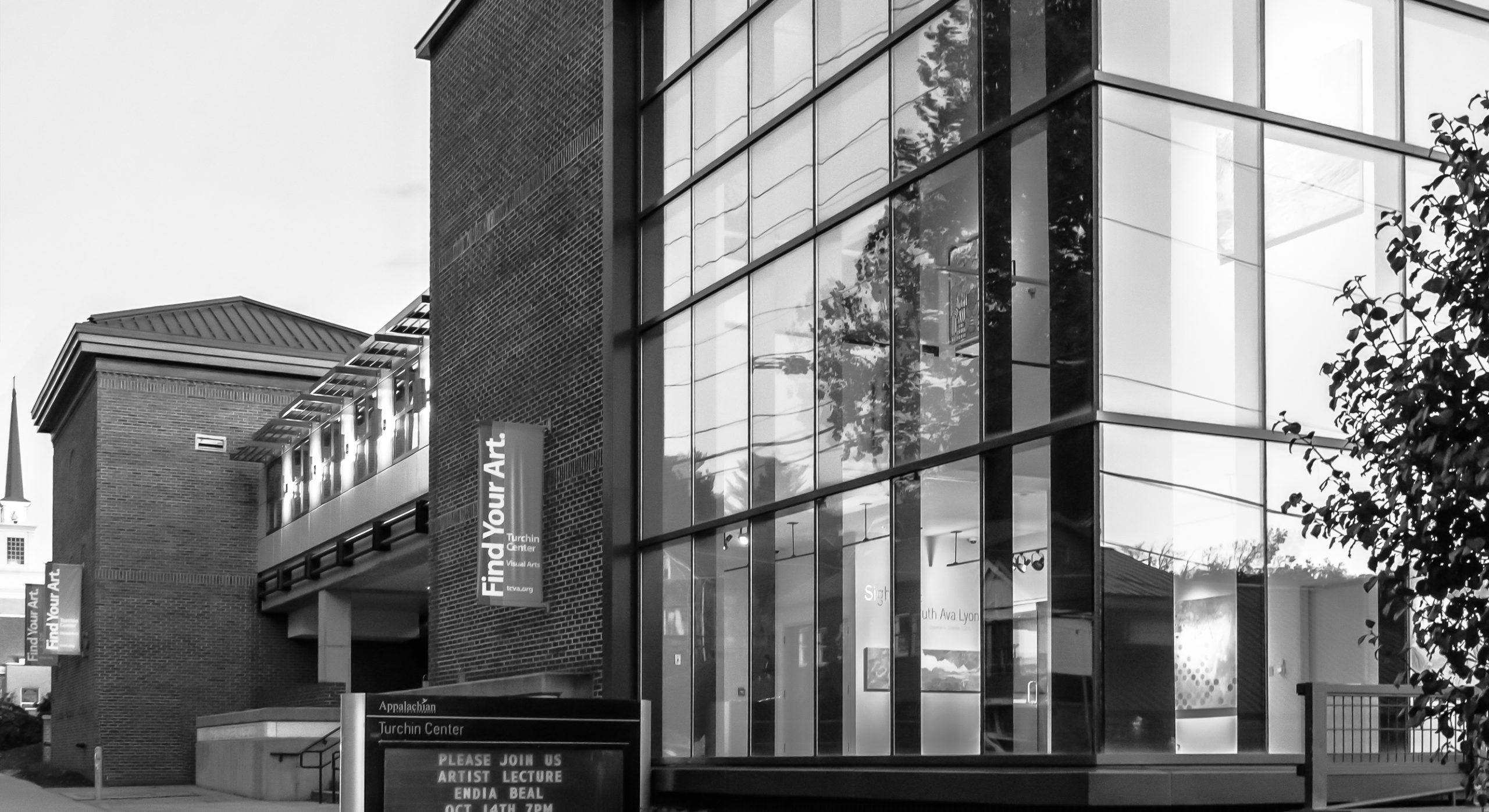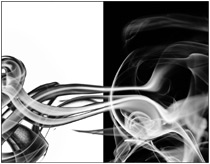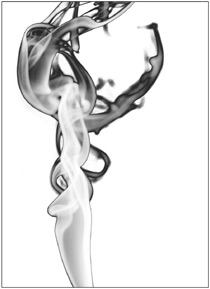“I was first introduced to photography in a serious context during a class in black and white photography at my high school – The North Carolina School of Science and Mathematics. I was able to continue my photographic education, slowly, in between biology classes at the University of North Carolina at Chapel Hill. While I did finish my degree in biology, the most important thing I learned from it was that while I enjoy studying biology, I did not want to start a career in it. Thereby I spent a year working – among other places – at a custom photo-finishing lab. This allowed me to gain more photographic knowledge, build my portfolio, and ultimately apply to graduate schools in photography. The Savannah College of Art and Design accepted me and I moved south. I managed to excel in my classes in Savannah even after playing a little catch up to those who actually had undergraduate degrees in the fine arts. After graduating from SCAD I moved back to North Carolina and fairly immediately found employment as a photographic technician. I now work for a few commercial photographers in Asheville, doing Photoshop work, digital workflow management, and providing on-location assistance with camera and lighting systems. I greatly enjoy the field of photography because while it is highly technical and on the cutting edge of technological development, those concerns are always being blended with aesthetics. Otherwise, I first became familiar with the Turchin Center in 2005 when I entered a photograph in and won the Blue Ridge Parkway category of the Appalachian Mountain Photography Competition.”
– Cory Barlow

Untitled by Cory Barlow. Photography. Photo courtesy of the artist.
Artist statement
The images that make up this body of work were conceived originally as my master’s thesis at The Savannah College of Art and Design. The subject matter is entirely smoke from one or more sticks of incense photographed very close-up. All the images began as white wisps of smoke on a black background captured on medium format black and white analogue film. In some cases there was no further manipulation in the printing process. Other photographs were subjected to a post-process termed: mordançage. This process has the unique effect of removing the darkest black areas of the silver gelatin from the print, leaving a glossy grayscale image of a wisp of smoke that appears to have been embossed onto a buff, matte, white background. Also, I have developed a technique in Photoshop that very closely mimics the mordançage process. This allows me to, after making high resolution scans of my negatives, apply my digital mordançage process to only part of an image and gives me the option to choose means of digital output to increase the potential size of the images.
Theoretically, I have intended nothing in the creation of this body of work in terms of the specific meaning I want my viewers / subjects to glean from it. I have chosen a subject matter that is, when photographed close-up and apparently stopped in time is itself somewhat abstract, and at times abstracted further. This is because I want my viewers to experience my photographs and generate their own meanings with no concern for what I may have intended. In the past, they have done so at a frantic pace and with diverse results. In this regard I see my project functioning as an open ended Rorschach test, inviting interpretation but without judgment.


